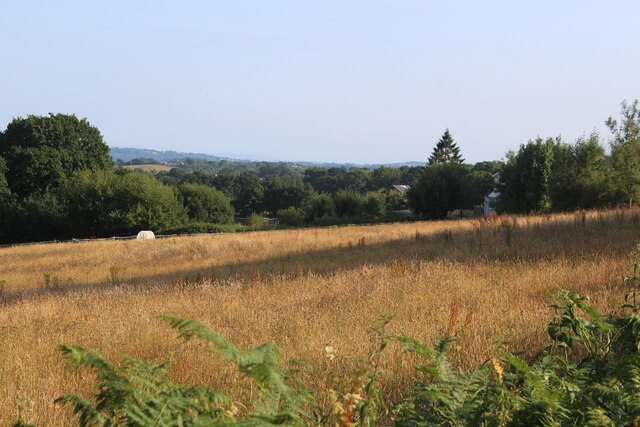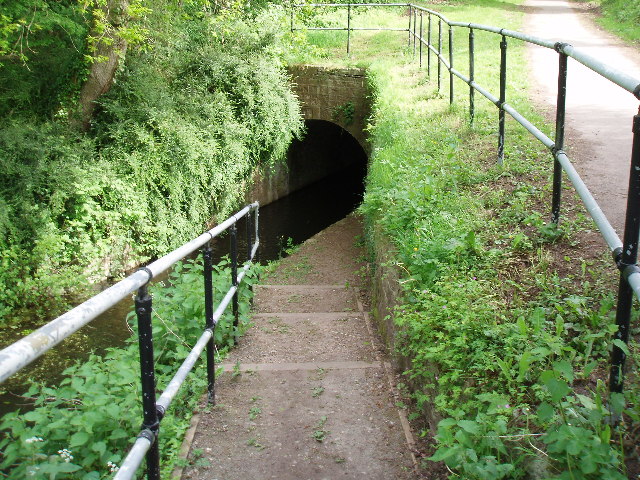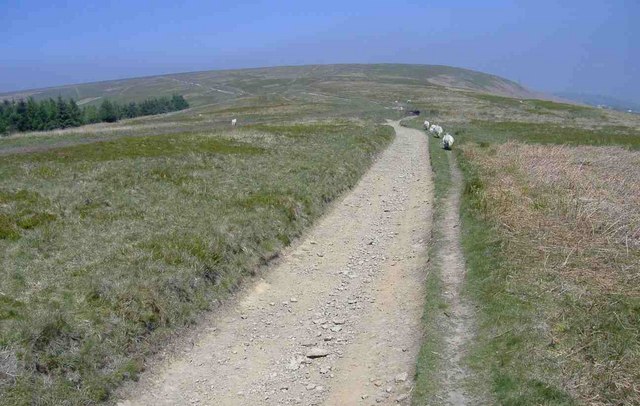Coed Gwaun-y-'ffeiriad
Wood, Forest in Monmouthshire
Wales
Coed Gwaun-y-'ffeiriad

Coed Gwaun-y-'ffeiriad, located in Monmouthshire, Wales, is a picturesque woodland area renowned for its natural beauty and rich history. The name "Gwaun-y-'ffeiriad" translates to "the meadow of the priests," indicating its historical connection to religious practices.
Covering an area of approximately 500 acres, Coed Gwaun-y-'ffeiriad is predominantly composed of native broadleaf trees, including oak, beech, and ash. This diverse woodland ecosystem supports a wide range of flora and fauna, making it a haven for nature enthusiasts and wildlife alike. Visitors can wander through the tranquil forest trails, enjoying the sights and sounds of chirping birds and rustling leaves.
This woodland has a long-standing association with the local community and has been a cherished natural resource for generations. It has served as a place for recreational activities such as walking, hiking, and birdwatching. Additionally, it offers a peaceful environment for individuals seeking solace and a connection to nature.
Coed Gwaun-y-'ffeiriad holds historical significance as well. The remnants of ancient earthworks and burial mounds can be found within the woodland, indicating human occupation dating back thousands of years. These archaeological features provide valuable insights into the region's past and add an extra layer of intrigue to the woodland experience.
Managed by local authorities, Coed Gwaun-y-'ffeiriad is well-maintained and offers amenities such as parking facilities and well-marked trails for visitors. Its accessibility and natural beauty make it a popular destination for nature lovers and those seeking a tranquil escape in the heart of Monmouthshire.
If you have any feedback on the listing, please let us know in the comments section below.
Coed Gwaun-y-'ffeiriad Images
Images are sourced within 2km of 51.670368/-3.057985 or Grid Reference ST2697. Thanks to Geograph Open Source API. All images are credited.







Coed Gwaun-y-'ffeiriad is located at Grid Ref: ST2697 (Lat: 51.670368, Lng: -3.057985)
Unitary Authority: Torfaen
Police Authority: Gwent
What 3 Words
///plan.loads.fuel. Near Cwmbran, Torfaen
Nearby Locations
Related Wikis
Upper Cwmbran
Upper Cwmbran (Welsh: Cwmbrân Uchaf) is a suburb of Cwmbran, Torfaen in Wales. It lies in between the suburbs of Pontnewydd and Thornhill. It is a community...
Mynydd Twyn-glas
Mynydd Twyn-glas is a sprawling 472-metre-high mountain extending into Caerphilly and Torfaen county boroughs in South Wales. It lies southwest of Pontypool...
Thornhill, Torfaen
Thornhill is a large council estate on the western side of Cwmbran, Torfaen in Wales. It is adjacent to the suburbs of Greenmeadow and Upper Cwmbran and...
Greenmeadow
Greenmeadow is a suburb of Cwmbran in the county borough of Torfaen, within the historic county boundaries of Monmouthshire, southern Wales, United Kingdom...
Nearby Amenities
Located within 500m of 51.670368,-3.057985Have you been to Coed Gwaun-y-'ffeiriad?
Leave your review of Coed Gwaun-y-'ffeiriad below (or comments, questions and feedback).












